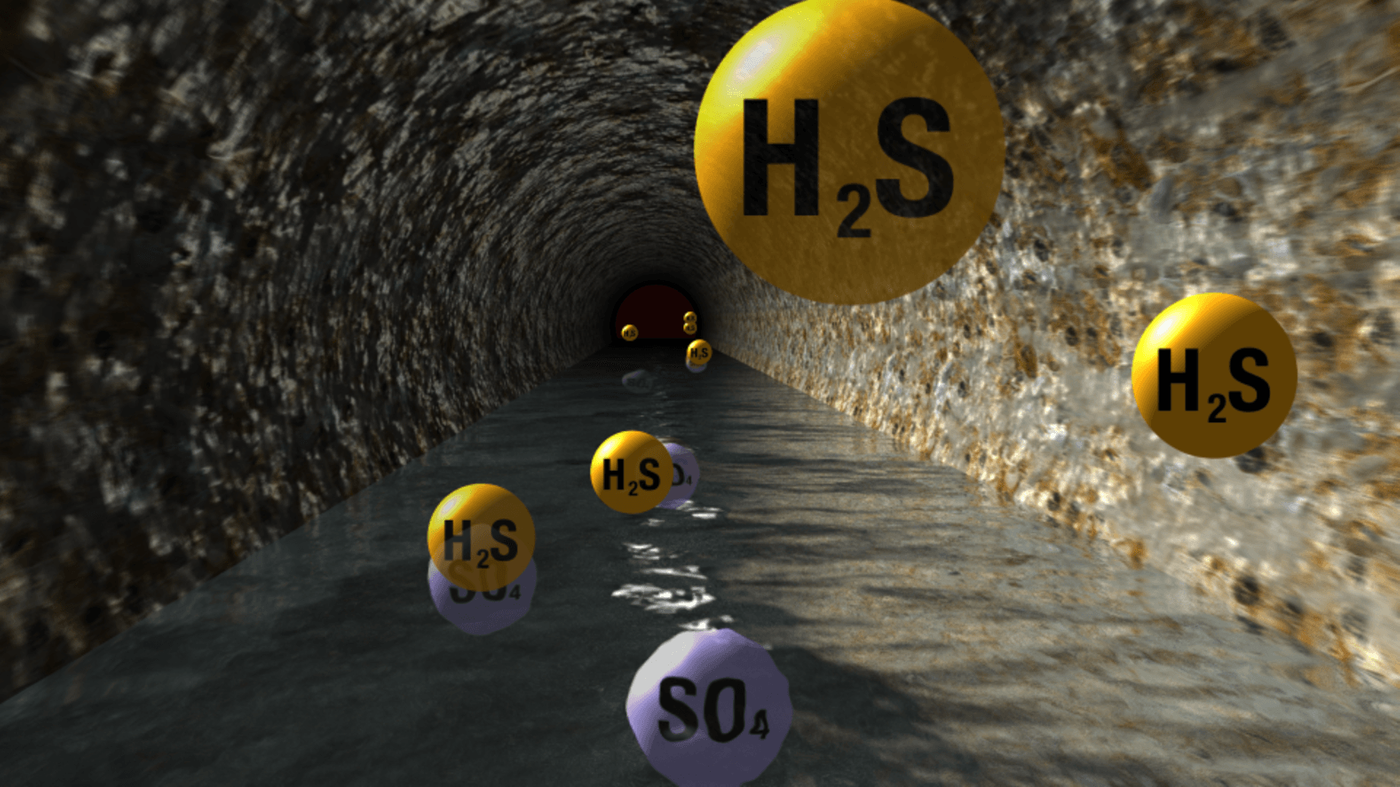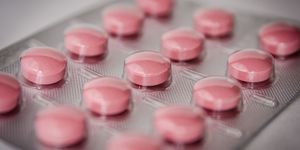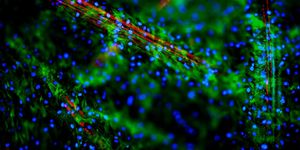Hydrogen sulfide gas, commonly referred to “rotten egg gas,” may be stinky, but researchers are finding that the gas can actually maintain blood vessel health, in small doses of course. For diabetes patients who are at a high risk for heart complications, a boost for blood vessel health is certainly good news.
Using drugs AP39 and AP123, scientists from the University of Exeter Medical School administered small amounts of hydrogen sulfide inside blood vessel cells. Based on complications from diabetes, free radicals from the mitochondria can damage endothelial cells. However, the scientists saw in their experiments that dosing with hydrogen sulfide reversed and repaired the damage.
“Mitochondria can even make their own hydrogen sulfide and use it as a 'fuel' to keep metabolism efficient,” said professor Matthew Whiteman from the University of Exeter Medical School. “When this 'fuel' is lost, mitochondria, cells, blood vessels and tissues are damaged.”
Free radicals produced from mitochondria and the subsequent damage to endothelial cells stems from diabetes complications due to the effect of hyperglycemia in the body. Excess glucose in the blood causes mitochondria to become “inefficient and leaky.” Plus, mitochondria produce toxic free radicals. Then, the free radicals can cause damage to endothelial cells, negatively impacting circulation and leading to conditions like kidney disease and retinopathy, known complications of diabetes.
Endothelial cells are vital to the integrity of blood vessels; they form a lining that facilitates the flow of oxygen and nutrients through the blood and to the various body tissues.
The results from their study provide evidence enough to where the researchers believe clinical application of hydrogen sulfide could lead to long-lasting effects for diabetes patients with heart complications.
“Nearly every cell in our body makes and responds to tiny amounts of hydrogen sulfide and we have at least three distinct pathways for making this gas in very small quantities,” Whiteman explained.
Source:
University of Exeter Medical School,
Pharmacological Research









